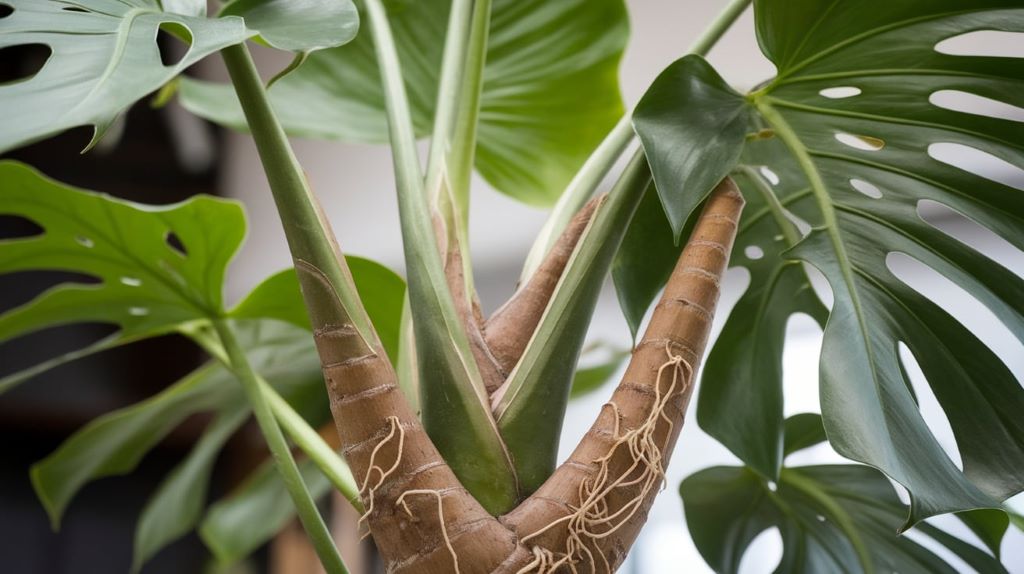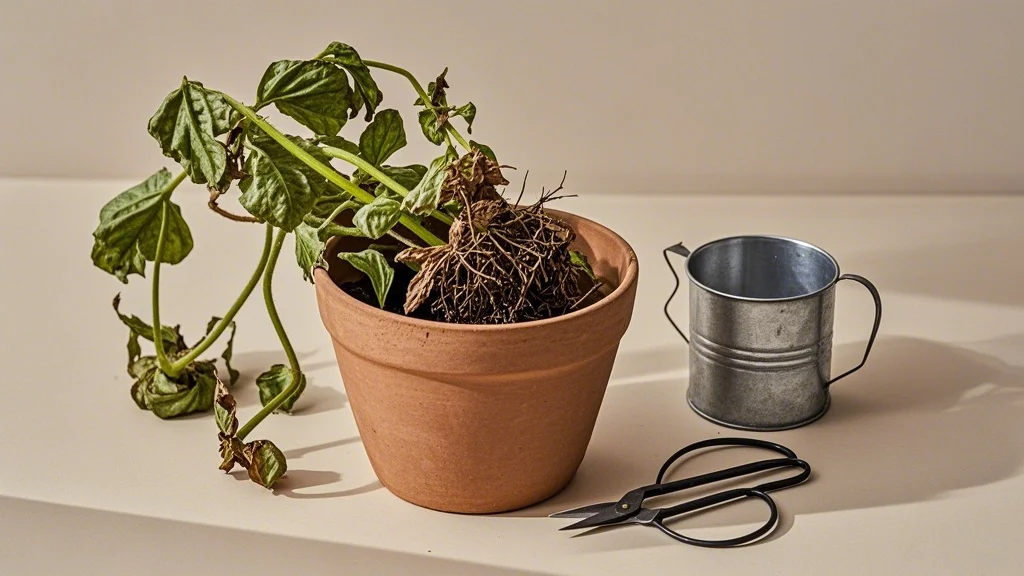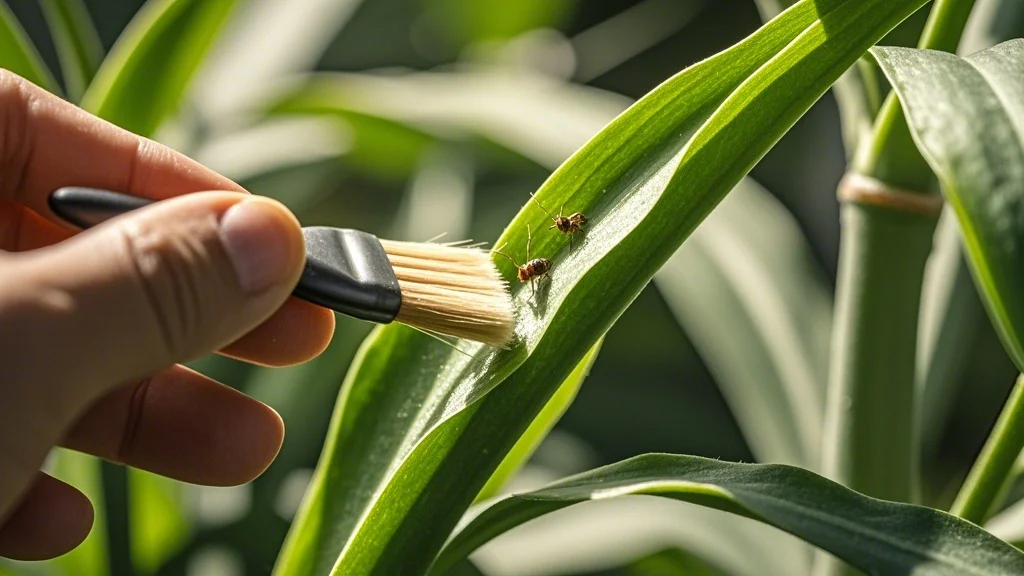As plant enthusiasts, we’ve all faced the heartbreak of watching a beloved houseplant decline despite our best efforts. When all other care methods have failed, propagation can be a final lifeline to preserve your plant. This guide will walk you through the process of salvaging dying plants through cuttings, offering a last chance at multiplication and new life.
Contents
- 1 Understanding Plant Propagation
- 2 When to Consider Last Resort Propagation
- 3 Assessing Your Plant
- 4 Tools and Materials
- 5 Step-by-Step Propagation Guide
- 6 Caring for Your Cuttings
- 7 Troubleshooting Common Issues
- 8 Specialized Propagation Techniques
- 9 Plants That Propagate Easily
- 10 Ethical Considerations
- 11 Long-Term Care and Transition
- 12 Conclusion
Understanding Plant Propagation
Propagation is the process of creating new plants from parts of existing ones. For struggling plants, it’s a way to preserve genetic material and start anew. Common propagation methods include:
- Stem cuttings
- Leaf cuttings
- Root division
- Air layering
When to Consider Last Resort Propagation
Consider propagation as a last resort when:
- The plant shows extensive damage or disease
- Traditional care methods have failed
- The majority of the plant is dying, but some healthy parts remain
- You want to preserve a rare or sentimental plant
Assessing Your Plant
Before attempting propagation, carefully examine your plant:
- Look for healthy sections free from disease or pests
- Identify nodes (where leaves attach to stems) for potential cutting sites
- Check for any signs of new growth, which can be good propagation candidates
Tools and Materials
Gather these essentials for successful propagation:
- Clean, sharp pruning shears or scissors
- Rooting hormone (optional but recommended)
- Small pots with drainage holes
- Well-draining potting mix
- Clear plastic bags or propagation domes
- Spray bottle for misting
Step-by-Step Propagation Guide

1. Stem Cuttings
Stem cuttings are the most common and versatile propagation method.
- Identify a healthy stem with at least 2-3 nodes
- Cut 4-6 inches below a node at a 45-degree angle
- Remove lower leaves, keeping 2-3 at the top
- (Optional) Dip the cut end in rooting hormone
- Plant in moist potting mix, ensuring at least one node is buried
- Cover with a clear plastic bag to maintain humidity
- Place in bright, indirect light and keep soil consistently moist
2. Leaf Cuttings
Some plants, like succulents and African violets, can be propagated from single leaves.
- Choose a healthy, mature leaf
- Cut the leaf cleanly at the base where it meets the stem
- Allow the cut end to callus for 1-2 days (for succulents)
- Place the leaf on top of moist potting mix
- For some plants, you can bury the cut end slightly
- Maintain high humidity with a clear cover
- Wait for roots and new growth to emerge from the base
3. Root Division
For plants with multiple stems or crowns, root division can be effective.
- Carefully remove the plant from its pot
- Gently separate the root ball into sections, each with roots and stems
- Trim away any dead or rotting roots
- Repot each division in fresh potting mix
- Water thoroughly and place in indirect light
4. Air Layering
This method is useful for woody plants or those with thick stems.
- Choose a healthy stem section
- Make a small incision in the bark, about 1/3 of the way through the stem
- Apply rooting hormone to the wound
- Wrap the area with moist sphagnum moss
- Cover with plastic wrap, securing both ends
- Wait for roots to develop (usually 4-8 weeks)
- Once roots are visible, cut below the rooted section and pot
Caring for Your Cuttings
Proper care is crucial for successful propagation:
- Maintain high humidity with plastic covers or regular misting
- Keep the soil consistently moist but not waterlogged
- Provide bright, indirect light
- Avoid fertilizing until roots have developed
- Be patient – rooting can take weeks to months depending on the plant
Troubleshooting Common Issues
Rotting Cuttings
- Ensure proper drainage and avoid overwatering
- Remove any rotting parts immediately
- Consider using a fungicide if persistent
No Root Development
- Check that cuttings have nodes buried in the soil
- Increase humidity and warmth
- Try rooting hormone if not initially used
Leaf Drop
- Normal to lose some leaves during propagation
- Ensure proper humidity and avoid drafts
- Trim excess foliage to reduce stress on the cutting
Specialized Propagation Techniques
Water Propagation
Some plants root readily in water:
- Place stem cuttings in a clear container of water
- Change water every few days to prevent stagnation
- Once roots are 1-2 inches long, transfer to soil
Propagation in Sphagnum Moss
Ideal for epiphytic plants or those prone to rot:
- Moisten sphagnum moss
- Place cuttings in the moss, ensuring nodes are in contact
- Enclose in a clear plastic bag or container
- Transfer to soil once roots develop
Plants That Propagate Easily
Some plants are particularly amenable to last-resort propagation:
- Pothos (Epipremnum aureum)
- Spider Plant (Chlorophytum comosum)
- Snake Plant (Sansevieria trifasciata)
- ZZ Plant (Zamioculcas zamiifolia)
- Philodendron species
- Monstera deliciosa
- Tradescantia species
Ethical Considerations
When propagating plants:
- Ensure you have permission if the plant isn’t yours
- Be cautious with patented or trademarked varieties
- Consider sharing propagated plants with other enthusiasts
Long-Term Care and Transition
As your cuttings develop:
- Gradually reduce humidity by opening propagation covers
- Increase light exposure slowly
- Begin fertilizing lightly once new growth is evident
- Repot as needed when roots fill the container
Conclusion

Propagation as a last resort can be a rewarding way to save struggling plants. With patience and care, you can turn a dying plant into multiple thriving specimens. Remember that not every attempt will succeed, but each try is an opportunity to learn and improve your propagation skills.
By mastering these techniques, you’ll be better equipped to rescue plants on the brink and expand your indoor garden. Even when a plant seems beyond hope, propagation offers a chance at new life and continued growth.









